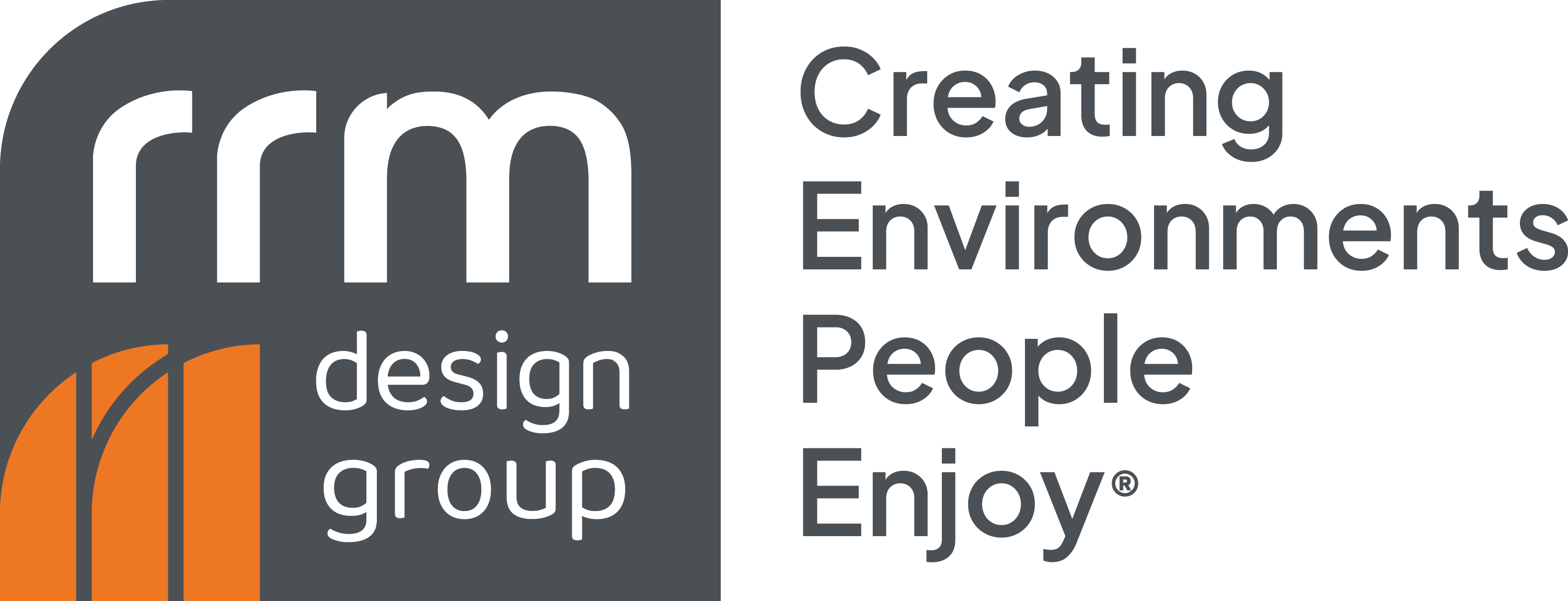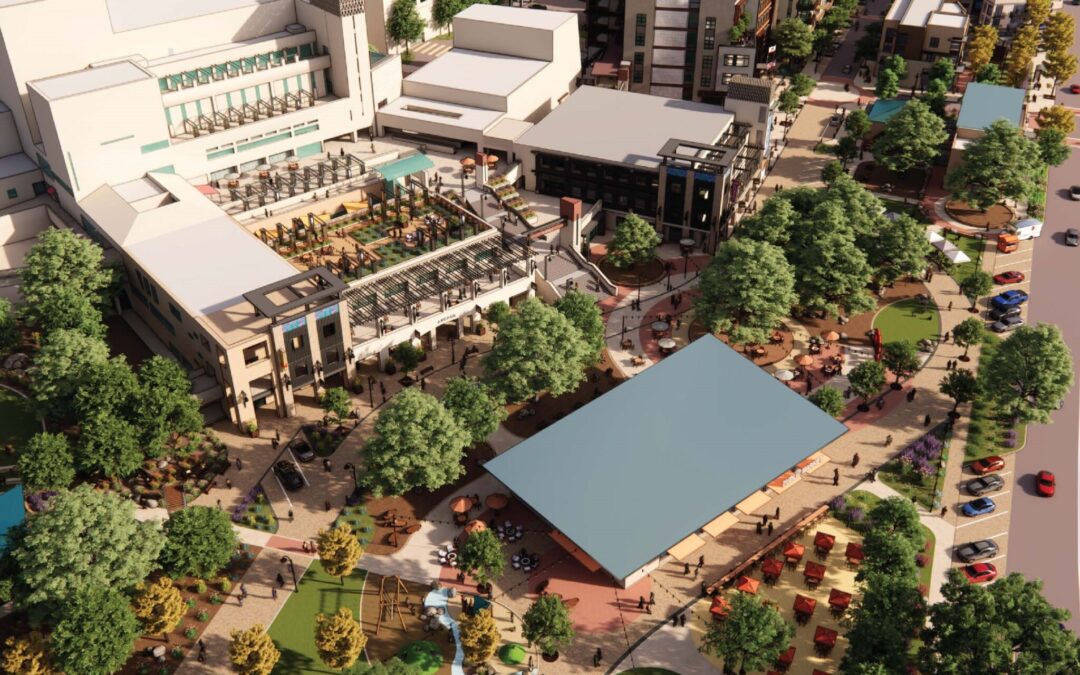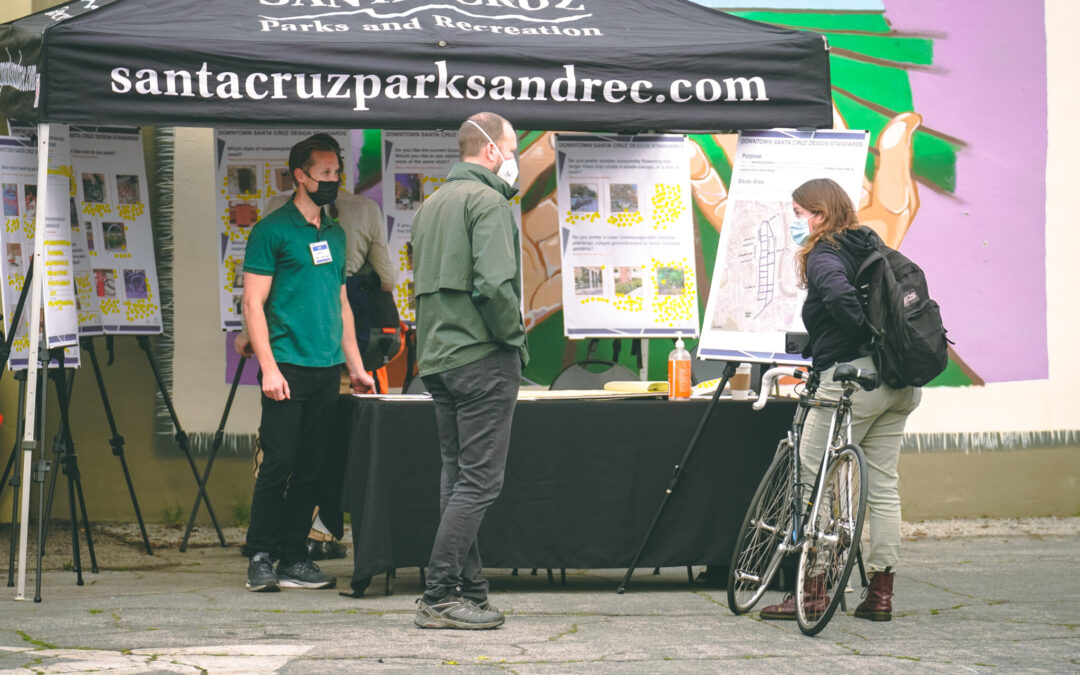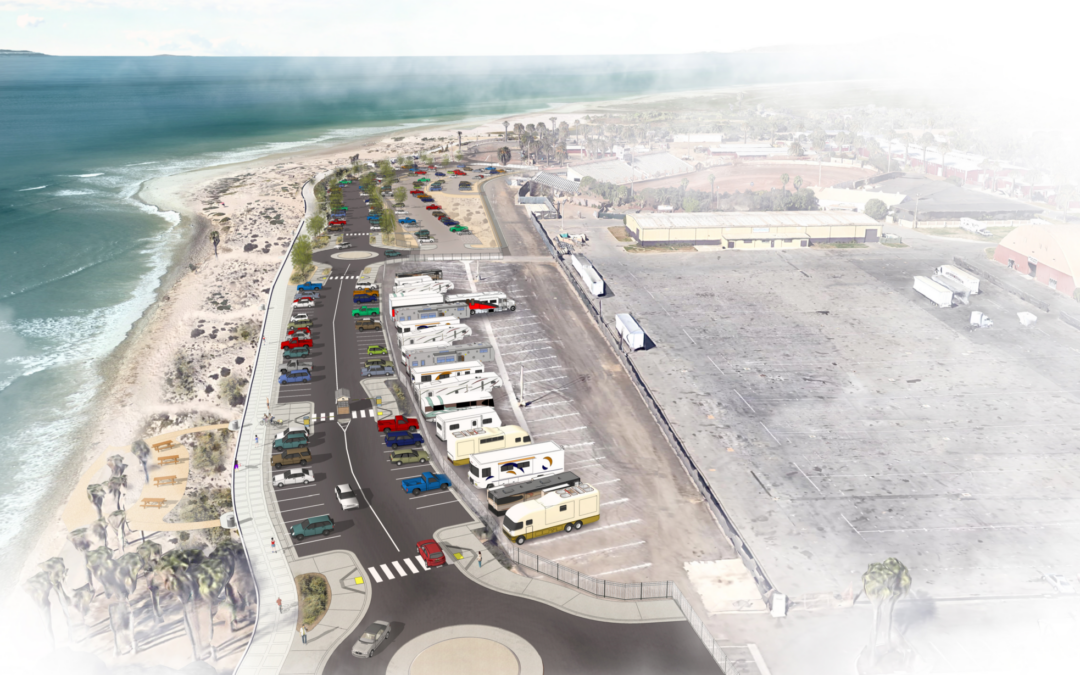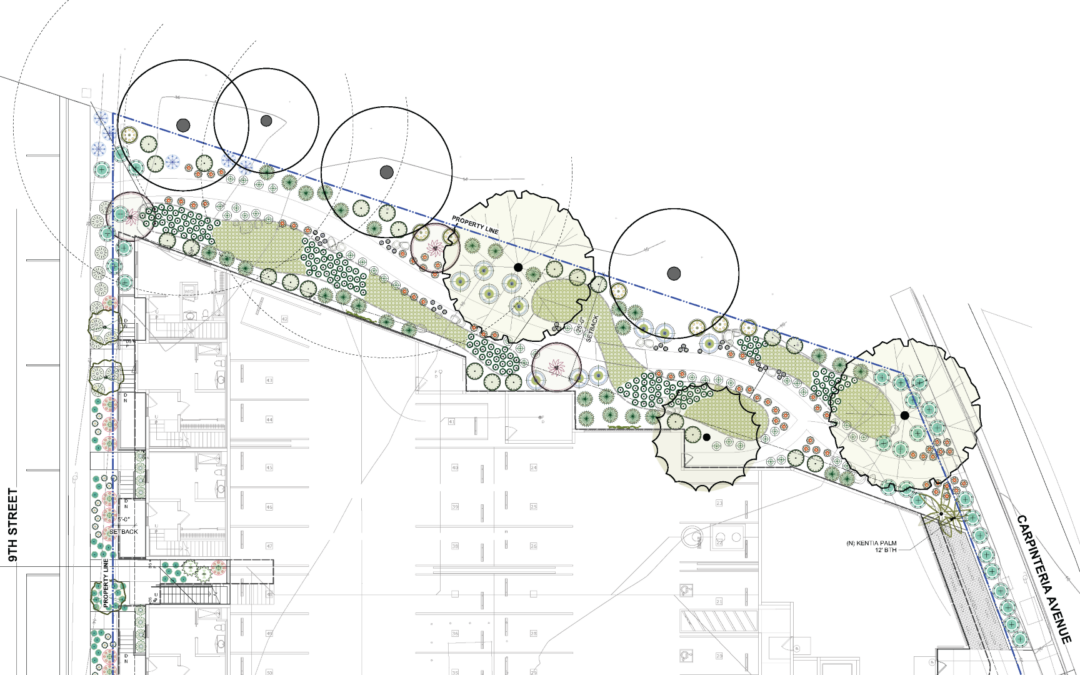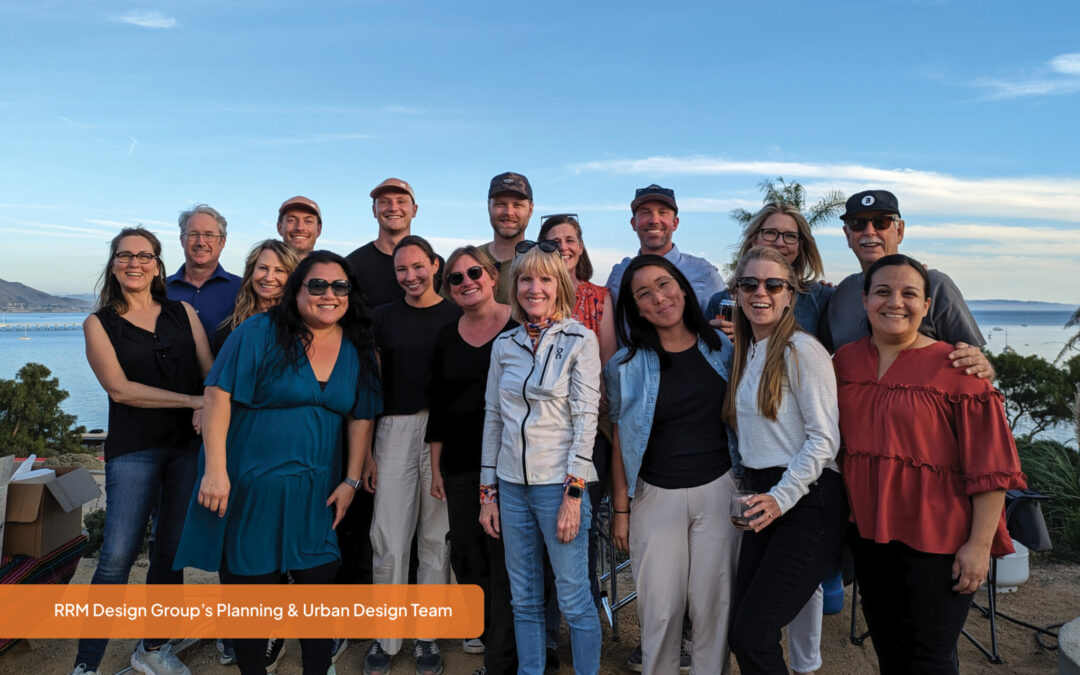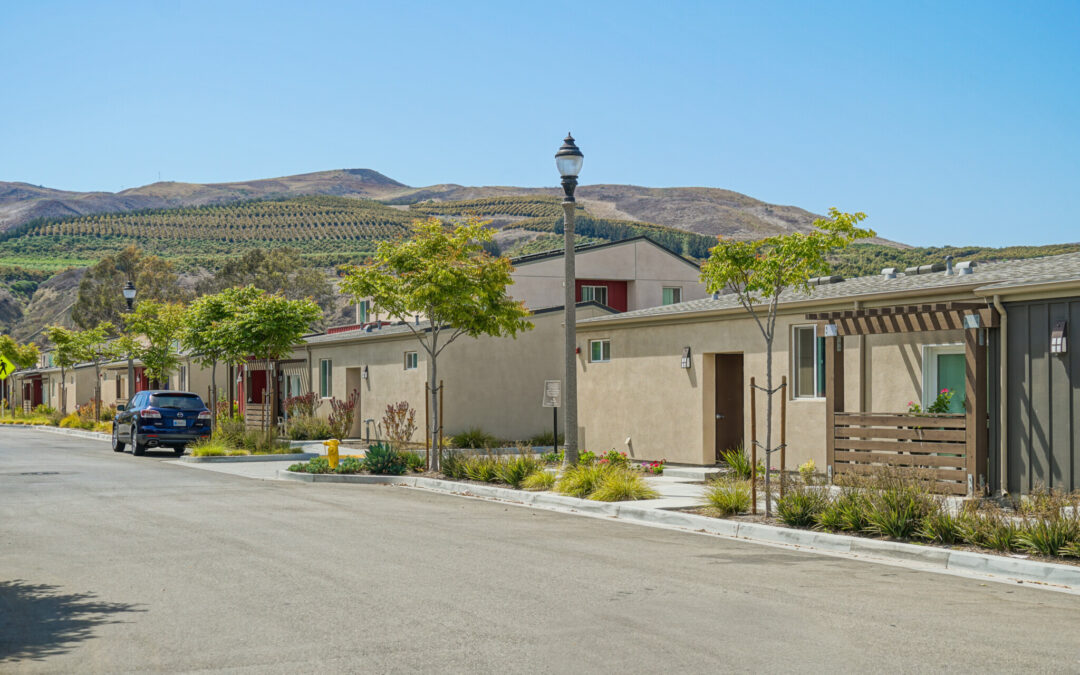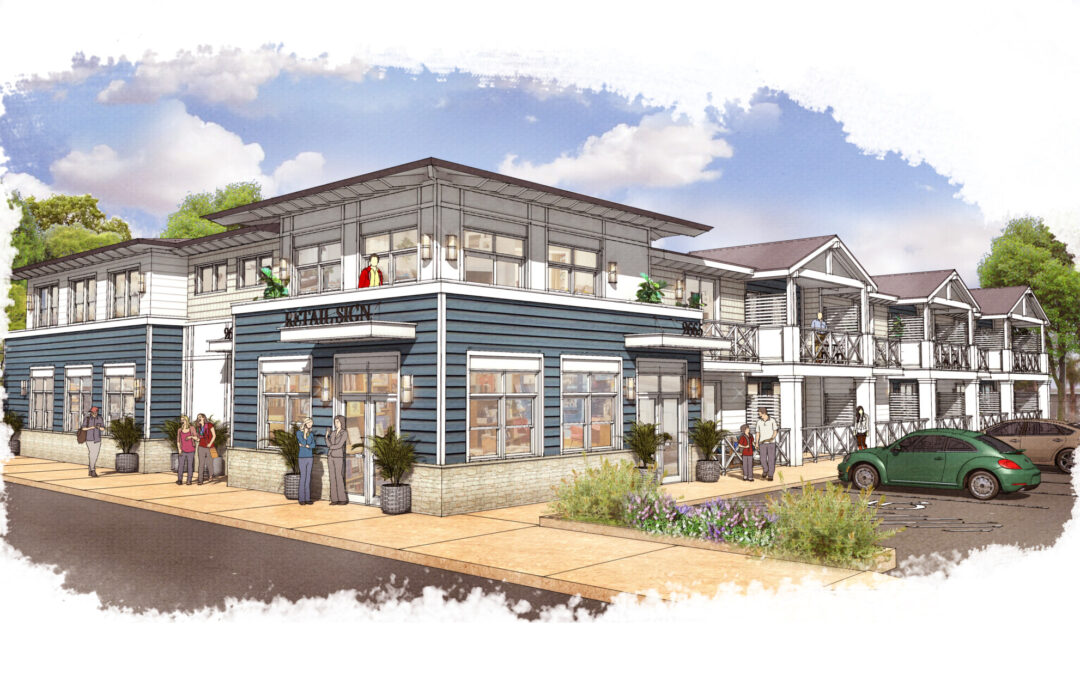
FIVE TOP PITFALLS TO AVOID WHEN PLANNING FOR A NEW FIRE STATION
As part of an ongoing discussion regarding fire station construction, Mike Scott, LEED AP (RRM Manager of Architecture and the project manager on most of RRM’s public safety projects), presents some common pitfalls that he has seen befall public safety projects.
Site Pitfalls
-

Visalia Fire Station No. 55 and Training Facility, design by RRM Design Group
Consider all circulation possibilities: Fire station site layout is driven primarily by the circulation of the apparatus. One of the primary pitfalls to avoid is to make sure your site is large enough to accommodate circulation for a full drive-through station.
- Remember to investigate utility access: Make sure utilities are within workable distance. We have worked on projects that found out too late that sewer mains were hundreds of feet from the station…which added significant cost to the project. Sewer, water, gas, electric, communications – all are relevant access points that need to be known before significant progress can be made.
- Make sure that your response from your front apron enters a safe and controlled roadway: Signalization can help, but proper location of egress is the first design consideration. Line of sight from adjacent corners and drives must be considered. Make sure that equipment is not exiting onto a busy street.
- Understand potential environmental impacts to your project timeline: Make sure environmental investigations are completed early, such as avoiding waterways and biological habitats. Not only can these limit site availability greatly, but studies for certain species can only be done at certain times of the year, and can easily add a year to your project schedule.
- Terrain considerations: Excessive slopes on sites can be mitigated, however, at great cost.
- Soils: Understanding the soils in the area can help avoid excessively large foundation systems. In a recent example, a fire station built on fill necessitated multiple 25 ft deep concrete caissons, increasing the construction costs greatly.
Decontamination Pitfalls

Diablo Canyon PG&E Fire Station, designed by RRM Design Group
Firefighters have a significantly higher rate of developing cancer. RRM focuses on designing fire stations with every means possible for the building to protect the life of the firefighters. We call this system “Design4Life”. Several key considerations are:
- Protection from exhaust: Vehicle exhaust in the apparatus bay is mitigated by whole-house, filter, and tailpipe extraction systems. In addition, a positive-pressure vestibule airlock with two doors stops any airflow from the apparatus bay to the fire station house.
- Separation from contaminants: Turnouts are stored as far from the living quarters as possible to protect firefighters from off-gassing from harmful contaminants. Separate washing facilities for contaminated tools and materials are located as far as possible from living area. An example would be separate washers/dryers for contaminated rags from truck washing.
- Turnout decontamination: This refers to a process of decontaminating equipment and turnout gear that starts at the rear apron before entering the station, and utilizes a special decontamination room entered from the exterior as the entry to the turnout cleaning area of the station.
- Protective materials: Materials such as carpet have been eliminated from recently-designed fire houses, as they store contaminates tracked in on the firefighters boots. Hard, cleanable surfaces have replaced these to maintain health and safety in the living quarters of the station.
- At-incident decontamination process: Though this is not specific to building design, a fire department’s procedure of decontamination at the site prior to entering the fire truck for the return back to the station is the first line of defense.
Space Programming Pitfalls
A fire station is truly unlike any other building. There are special spaces needed for fire operations that will rarely be found in other structures, and these merit special consideration.
- Location of Apparatus: Design of a fire station should be centered around the circulation of the apparatus into and out of the apparatus bay. Layout of the apparatus within the bay determines first-out vehicles, drive-through capability, and ability for vehicle stacking in support bays. Safety of response and support needs of the fire apparatus should guide apparatus bay location and considerations. Vehicle exhaust extraction methods are a primary consideration, and should be decided early.
- Location of Extractors: Washer extractors for cleaning should be located near the PPE (Personal Protective Equipment) storage area. Accommodations should be made for rear maintenance access and trough drains to extractor functioning. Proximity to exterior access may be a consideration if other stations utilize this extractor.
- Location of SCBA: Some stations house an SCBA system, while other stations may only store bottles that were filled elsewhere. The SCBA system should be in a ventilated room away from the apparatus bay with enough clearances to maintenance access panels and adequate bottle storage. If other stations utilize this SCBA system for air fill, additional bottle storage may be required. Additional bottle storage and access may be required. The compressor should be placed away from the living quarters to avoid noise transmittance.
- Sleeping Quarters and Restroom Privacy: Fire stations have traditionally had large open dormitory areas with shared restroom facilities. However, today’s fire departments require a higher level of privacy as more and more women are becoming firefighters. A proven configuration to provide privacy for sleeping and private restrooms is to design multiple single-accommodation sleeping rooms off of a private hallway. This hallway should also contain multiple single accommodation shower/restroom facilities. If these restrooms are directly off the private hallway, a modesty policy for that hallway should be in place for firefighter attire, and the restrooms may be placed one for every two bunkers.
- Future Expansion Needs: Station layouts may be designed in such a way to allow a station to grow from one company to multiple companies. When this is anticipated, bunk rooms and private hallways should be arranged to either be extended or duplicated extending from the living area. Placement of the apparatus support areas and structural accommodations to the apparatus bays can allow future added apparatus bays. Site area around the fire station should be planned at the conceptual level to allow this to occur. This will result in cost savings once expansion has begun.
Layout Pitfalls
- Response Time: The layout of a fire station should be set up such that firefighters have a minimal distance to travel to the front of the apparatus bay where the first engines are located from both the sleeping quarters and the kitchen/dining/day room area.
- Public to Private Separation: A fire station should be organized such that there is a progressive transition from public areas to semi-private areas to very private areas. This can be accomplished by placing the administrative office near the lobby with a secured door. As visitors enter the station from the lobby, they should first encounter the living areas as transitional semi-private space, allowing the sleeping quarters to be the most private and furthest from public areas.
- Visibility Protection of Living Area: Visibility to the kitchen/dining/day room should be screened from the exterior front of the station to avoid members of the community observing fire personnel when off-duty. The community should see firefighters in action in the apparatus bay and not during off-duty relaxation.
- Noise Protection: Great consideration should be giving to firefighters’ sleeping quarters. Avoiding immediate adjacency to the kitchen/day room/exercise room will help minimize interior disruptions of firefighters while sleeping. Bunk rooms should also avoid immediate proximity to busy roads. Firefighters can be called at any time of the night, and should have their rest protected when they can get it.
- Exercise Area: Exercise areas should be located on the house side of the fire station whenever possible to avoid the need to cross potential areas of contamination such as the app bay. To allow firefighters good ventilation and additional space for exercise, several doors or roll-up doors should be provided to an exterior exercise patio.
- Decon Process: When firefighters return from a call, there is often a level of decontamination that is necessary before entering the station. It is optimal to have an exterior door from the rear apron enter the decontamination room to allow firefighters to perform the cleaning process prior to entering the apparatus bay. PPE (Personal Protective Equipment) washing should be immediately adjacent to the decontamination room prior to entering the PPE storage area or the apparatus bay. This provides a progression in the decontamination process as the station is being entered.
- Vestibule Placement: The apparatus bay and support areas are considered a hot zone with contaminants. The living and sleeping quarters is the safe or green zone that are to be protected from those contaminants. A vestibule is to placed between the hot zone and the green zone. It is recommended that this vestibule have two doors and the mechanical system for the station be designed to maintain a positive air pressure flow from the green zone through the yellow zone vestibule toward the hot zone. Before entering the vestibule from the apparatus bay, a hand washing sink shall be located next to each door. Additional boot wash stations or boot changing areas are recommended to be part of this vestibule.
Stay tuned for the fifth and final pitfall: Materials
